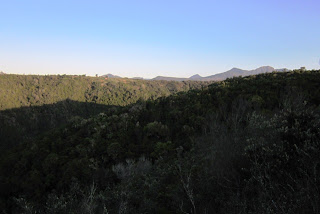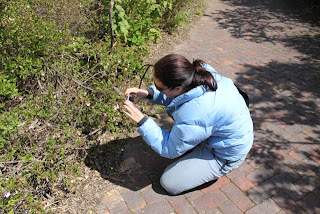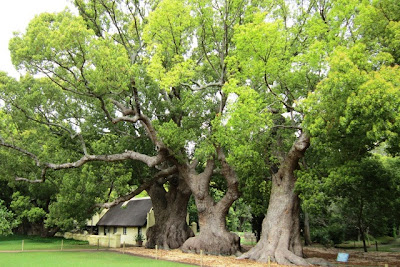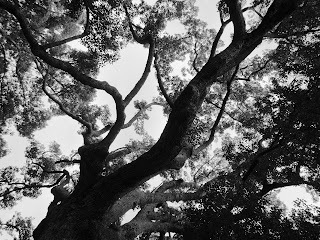Vergelegen is an Iconic Estate situated about 30min from Cape Town in the beautiful town of Somerset-West. Not only is it an area rich in history and culture but the estate also produce some excellent wines. Both red and white!
Vergelegen was most likely an outpost until early 1700 when the freehold land was granted to Willem Adriaan van der Stel, the new governor of the Cape. Willem was a true visionary who transformed an utter wilderness into a flourishing Estate to rival Europe's finest. Alas, in 1706, he was ordered to return to the Netherlands, resulting in the Estate's succession of ownership over the next century.
The estate is situated on a large plot of land and surrounded by the most beautiful garden. You can spend all day wondering the grounds... and that is exactly what we did. :)
The Octagonal garden at the back of the house is the center piece of the design and you can just imagine the lady of the house settling in under one of those huge acorn trees with a good book in 1705.
The house is built in the typical Cape Dutch Architecture for which the area is renowned.
Houses in this style have a distinctive and recognisable design, with a prominent feature being the grand, ornately rounded gables, reminiscent of features in townhouses of Amsterdam built in the Dutch Style. The houses are also usually H-shaped, with the front section of the house usually being flanked by two wings running perpendicular to it. Furthermore, walls are whitewashed, and the roofs are thatched.
At the front of the house stands a row of Campher Trees, planted During the van der Stel era (1700 - 1706). The five remaining giants were proclaimed National Monuments in 1942 and are expected to live for another 150 - 200 years. The other camphor trees at the Vergelegen Estate are all seedlings from these five magnificent species.
All around the homestead there are small paths winding through the trees. The huge lawn in front of the homestead are ideal for a Sunday afternoon picnic.
There are also a lot of acorn trees on the estate. Amongst others the oldest living acorn tree in South Africa.
And the one below that has its own special history...
The yellow-wood walk starts with a suspension bridge over a lovely little river.


Afrocarpus falcatus – Outeniqua yellowwood tree: Previously named Podocarpus falcatus, its name was recently changed to Afrocarpus falcatus because it is considered a true African Yellowwood tree. It is native to South Africa.
The Afrocarpus falcatus usually reaches heights of 10 - 25 m, but can sometimes attain heights of up to 60 m and live for hundreds of years. Its wood is used extensively for furniture, roof beams, floorboards, door and window frames as well as boat building. Some of South Africa's famous antiques are made of this yellowwood tree.


The one side of the house is home to the tasting room, a small shop and a library museum. You can sit outside in the garden by the pool/dam/bath and try some of the estates best wines.
I could not get enough of the house. This beautiful building is part of my heritage and the museum on the inside is informative and beautifully restored. Unfortunately we were not allowed to take pictures of the inside of the house, but I made sure I took plenty of the outside.
There are so many trees here, that I felt the need to experiment and took some artsy photo's. :)
If you are lucky and you know where to look you might even come across some smaller surprises.
If you would like to end the day at a high I would suggest enjoying lunch at her star quality vergelegen restaurant. The food, the service and the wine is absolutely excellent.





























































